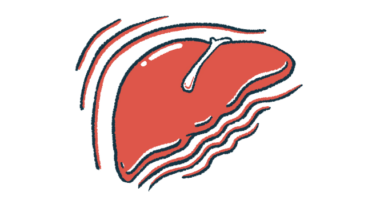CHMP Favors Kaftrio to Treat Children in EU Starting at Age 6

A branch of the European Medicines Agency (EMA) has recommended expanding Kaftrio (ivacaftor/tezacaftor/elexacaftor), in combination with Kalydeco (ivacaftor), to include children with cystic fibrosis (CF) as young as age 6 who have at least one F508del mutation.
The recommendation, from the EMA’s Committee for Medicinal Products for Human Use (CHMP), now will be reviewed by the European Commission, which issues a final ruling. If approved, more than 1,500 children in Europe would become eligible for Kaftrio, according to its maker, Vertex Pharmaceuticals.
“Today marks an important milestone for the treatment of children with CF in Europe,” Carmen Bozic, chief medical officer and executive vice president of global medicines development and medical affairs at Vertex, said in a press release.
Bozic added that the expansion, if approved, would “offer physicians a new treatment option for these young patients to help combat this life-shortening condition as early as possible.”
CF is caused by mutations in the gene CFTR, which codes for a protein of the same name. Kaftrio (marketed as Trikafta in the U.S.) is an oral therapy containing three CFTR modulators, which are molecules that can help to correct the functionality of the defective CFTR protein in people with specific mutations. In Europe, it is given in combination with Kalydeco, another CFTR modulator made by Vertex.
Currently, Kaftrio is approved in Europe to treat CF patients ages 12 and up who have at least one copy of the F508del mutation — the most common CF-causing mutation, found in roughly 90% of patients.
Vertex applied to expand the approval to children starting at age 6 this year. The application is supported by data from several clinical trials, which have demonstrated that the therapy’s safety profile in these young patients is similar to that seen in older ones.
“The clinical data for ivacaftor/tezacaftor/elexacaftor plus ivacaftor in people with CF ages 6 through 11 with eligible CF genotypes [genetic profiles] demonstrated improvements in lung function, sweat chloride and respiratory symptoms and a safety and tolerability profile consistent with that observed in patients ages 12 years and older,” said Marcus A. Mall, MD, of Charité University Medical Center Berlin.
“This medicine has already made a big impact on the lives of eligible people ages 12 years and above in Europe. The CF community is now looking forward to it being available for younger patients too, to enable treatment as early as possible in life,” Mall said.
In the U.S., Trikafta was approved for use in patients ages 6 to 11 in June.








